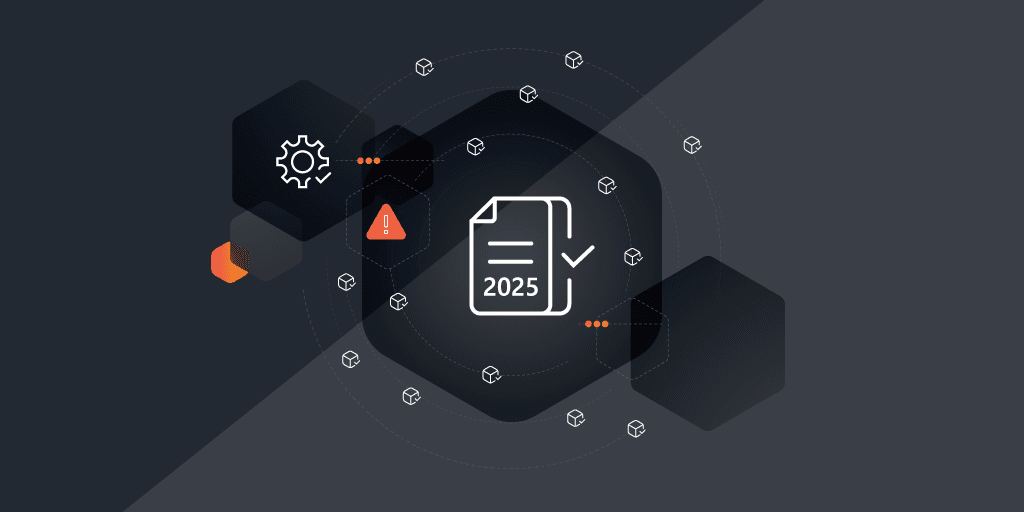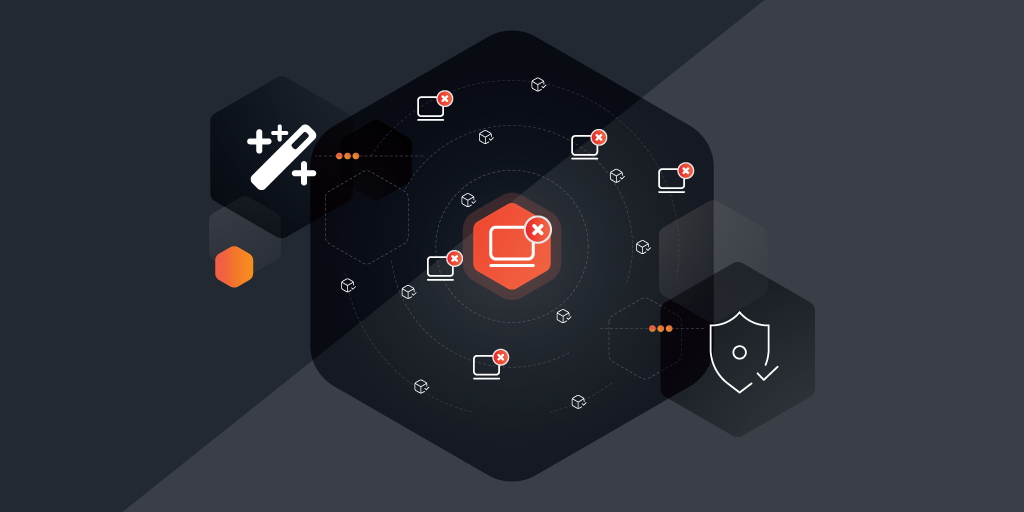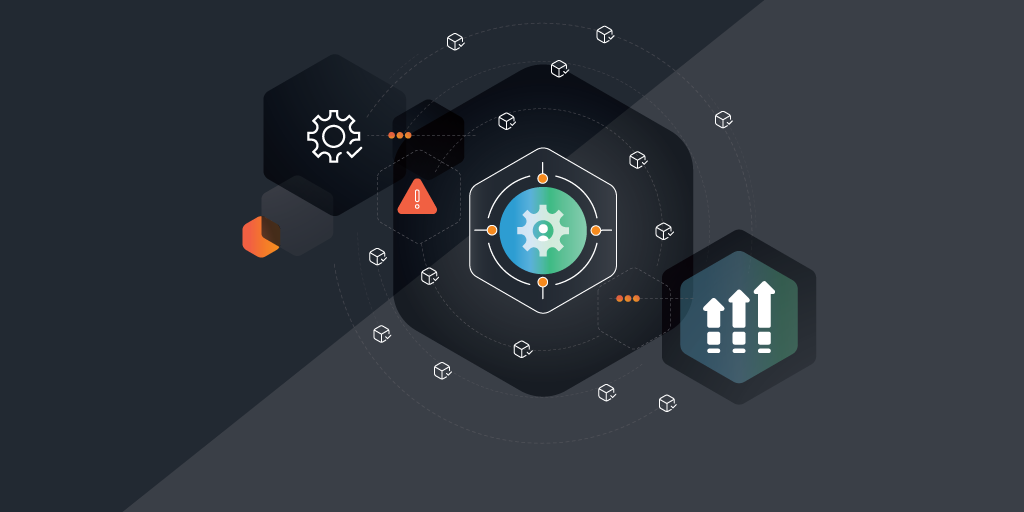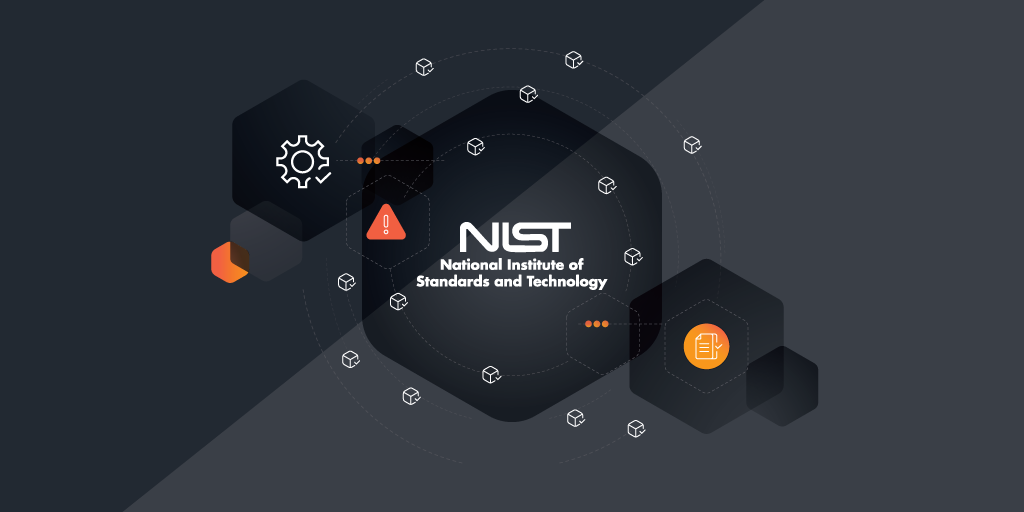
Cybersecurity asset management has become a cornerstone of modern security strategies. Organizations face a growing wave of sophisticated cyberattacks, while at the same time managing an ever-expanding network of devices, systems, and cloud infrastructure. Ensuring that these assets are properly managed, tracked, and secured is vital for safeguarding critical information. This imperative will only intensify in 2025, when both the complexity of network security and the methods of attack are expected to evolve further.
Identifying Risks and Consequences
The importance of cybersecurity asset management cannot be overstated. Poor asset management leaves critical assets vulnerable and gives attackers an open door to exploit systems. One of the most common risks is the failure to identify all assets connected to a network. When organizations lack visibility into their hardware and software inventory, they may leave devices unpatched or be unaware of unauthorized access. This can lead to breaches that compromise sensitive data or disrupt essential operations.
The consequences of inadequate asset management extend beyond financial losses. Data breaches can cause significant reputational damage and erode your customers’ trust. For example, high-profile cybersecurity incidents often reveal that companies failed to properly manage or secure critical assets. These failures spotlight the pressing need for comprehensive asset management, which ensures every device, system, and application is accounted for and protected. Without it, even the best cybersecurity strategy can crumble.
Best Practices for Effective Asset Inventory
To combat these risks, your organization must adopt robust asset discovery and inventory methods. Advanced tools, such as automated asset discovery software, enable your business to continuously scan its networks and identify all devices and applications connected to it. One of the critical elements in cybersecurity best practices is to maintain a complete and accurate map of all assets. This includes not only cataloging physical devices but also mapping virtual environments and cloud services.
Maintaining an up-to-date asset inventory is essential for preventing security gaps. Regularly updating this inventory ensures that new devices are added, outdated systems are decommissioned, and all critical security assets are identified and monitored. Organizations that excel at cybersecurity asset management frequently update their inventory to reflect changes in their IT environment, helping them stay ahead of potential threats.
Prioritizing Cybersecurity Assets
Not all assets are created equal, and some carry a greater degree of risk than others. Prioritizing cybersecurity assets based on criticality and vulnerability is a fundamental aspect of cybersecurity strategy. Factors such as the asset’s role within your organization, its exposure to external threats, and the sensitivity of the data it handles should all be considered when determining which assets demand the most attention.
One method to assess asset criticality is through vulnerability management tools that continuously monitor assets for potential weaknesses. By identifying which security assets are most likely to be targeted by attackers, your organization can prioritize patches and updates to ensure the most important systems are secured first. Creating an action plan based on asset prioritization is essential for efficient risk mitigation, allowing you to focus your resources on the areas most vulnerable to attack.
Integrating IT Asset Management and Cybersecurity
A comprehensive cybersecurity strategy goes hand in hand with strong IT asset management (ITAM). The convergence of ITAM and cybersecurity is increasingly recognized as a best practice for modern businesses. By aligning these two fields, your organization can ensure that both operational efficiency and security are optimized.
The role of IT asset management in cybersecurity is crucial because ITAM provides a comprehensive view of the entire asset ecosystem. This enables you to track how assets are configured, how they are used, and when they may be vulnerable to threats. Integrating ITAM with cybersecurity practices offers multiple benefits, including stronger network security and reduced compliance risks. For example, organizations that unify ITAM and cybersecurity can streamline auditing processes, ensure that all security assets are accounted for, and comply with regulatory standards.
Aligning ITAM and cybersecurity objectives also helps prevent security blind spots. When these two disciplines work together, your security team gains a clearer understanding of how different assets impact your organization’s overall threat landscape, providing a more effective defense against cyberattacks.
Future Trends and Predictions
Looking ahead to 2025, cybersecurity asset management will be shaped by several emerging technologies and trends. Artificial intelligence (AI) and machine learning (ML) will play an increasingly important role in automating asset management processes. AI-powered tools can monitor vast networks, identify anomalies, and predict potential threats with unprecedented accuracy. These technologies will allow organizations to respond more quickly to cyber threats, improving overall network security and reducing response times.
Moreover, the shift to hybrid work environments, where employees connect to company networks from multiple locations, will further complicate cybersecurity asset management. With more devices and endpoints to secure, organizations must adopt strategies that can scale to meet these challenges. Cloud-based asset management tools will likely become a critical component of this future, allowing businesses to track and manage security assets across decentralized networks.
The importance of asset management in cybersecurity will only grow as the threat landscape evolves. By 2025, organizations that fail to implement strong cybersecurity asset management practices will face heightened risks from both known vulnerabilities and emerging attack vectors. The future of cybersecurity lies in proactive management, where continuous monitoring, asset tracking, and rapid response capabilities are the new normal.
Preparing for the Evolving Cyber Threat Landscape
As we look to the future, one thing is certain: the shifting cyber threat environment will demand more from organizations in terms of both technology and strategy. Cybersecurity asset management is no longer optional; it is a necessity for survival in an increasingly hostile digital world. Organizations must prepare by investing in the right tools, processes, and expertise to manage and secure their assets effectively.
By 2025, cybersecurity best practices will revolve around a combination of asset visibility, threat intelligence, and agile response. Companies that prioritize their cybersecurity assets, integrate IT asset management with cybersecurity strategies, and stay ahead of emerging trends will be well-positioned to navigate the challenges of the future.
Boost Your Cybersecurity Asset Management With Lansweeper
Cybersecurity asset management is not just about protecting the present—it’s about preparing for the future. As technology advances and cyber threats become more sophisticated, the organizations that thrive will be those that embrace comprehensive asset management as a key component of their cybersecurity strategy.
Lansweeper’s asset discovery solution offers an essential foundation for any robust cybersecurity strategy. By providing complete visibility into every device, system, and application on your network, Lansweeper ensures that no asset goes undetected or unmanaged. Don’t wait—protect your organization by leveraging Lansweeper’s powerful asset discovery solutions today.
Go Unlimited for 14 days
2 weeks of unlimited scanning
Start now. Use when ready
No card required
Access all features
5-minute onboarding


